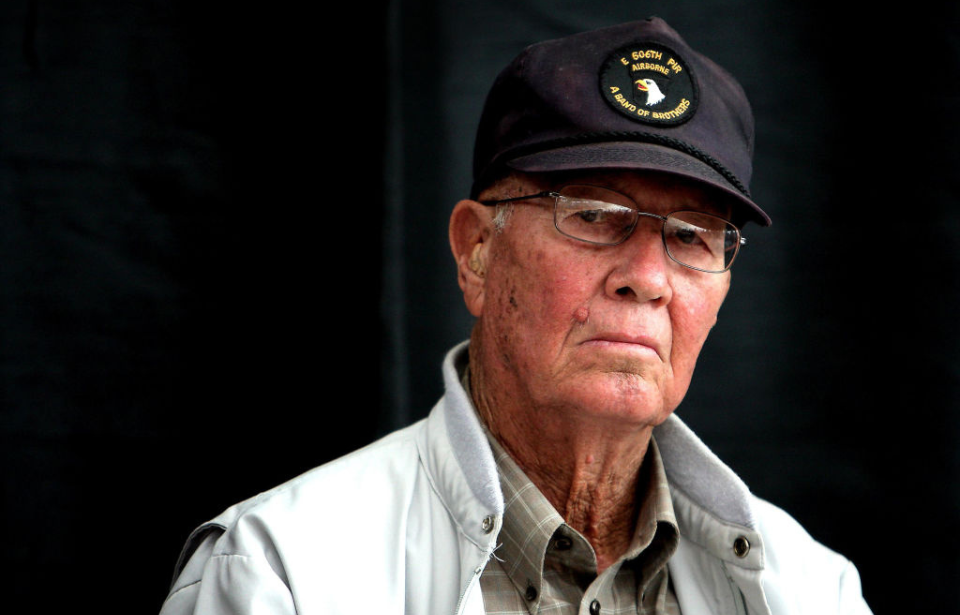Bradford C. Freeman, a mortarman who served in the famous 2nd Battalion, Easy Company, 506th Parachute Infantry Regiment, 101st Airborne Division, played a key role in World War II. Immortalized in the bestselling book and HBO miniseries, Band of Brothers, he participated in many major campaigns, from parachuting into Normandy on D-Day to the taking of the Eagle’s Nest in Bavaria.
While he spoke very little about his wartime service, Freeman played a part in preserving his and Easy Company’s efforts during the conflict. At the time of his death in 2022, he was the last surviving member.
Bradford Freeman’s early life
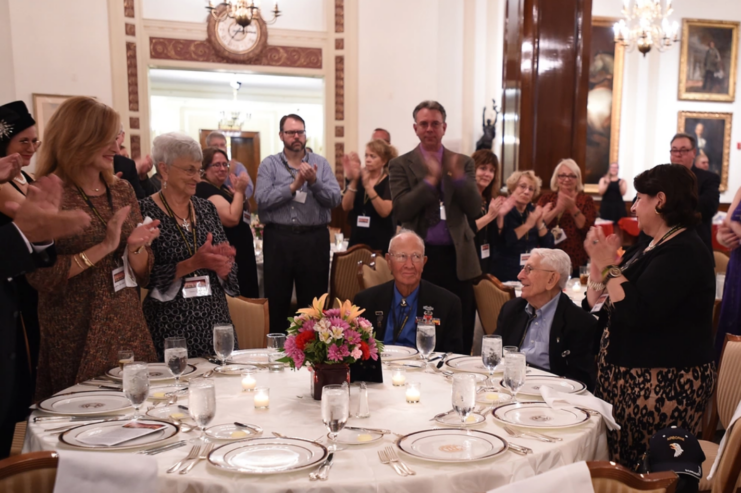
Bradford Freeman was born on September 4, 1924, in Artesia, Mississippi, into a family of eight children. Growing up on a farm of 410 acres, he spent his childhood working on the land, alongside his siblings. Freeman’s upbringing revolved around the farm, where he learned the values of hard work and perseverance from a young age.
Despite the demanding nature of farm life, Freeman and his brother harbored aspirations of becoming paratroopers.
Becoming a paratrooper with the 101st Airborne Division
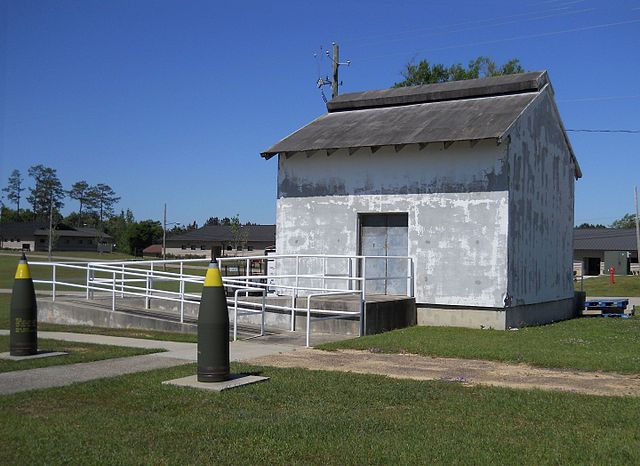
In December 1942, after completing his freshman year at Mississippi State University, Bradford Freeman enlisted in the US Army. Driven by their dream, he and his brother both volunteered to become paratroopers, although their paths eventually diverged, with the former being sent to the Pacific Theater.
Freeman underwent training at Camp MacKall, North Carolina; Camp Shelby, Mississippi; and Camp McClellan, Alabama, honing his skills as a paratrooper. In February 1944, he was assigned to the 2nd Battalion, Easy Company, 506th Parachute Infantry Regiment, 101st Airborne Division in England, preparing for the upcoming Allied invasion of Normandy.
While there, he became close with Maj. Richard Winters, despite their difference in rank.
Bradford Freeman participated in the Allied invasion of Normandy
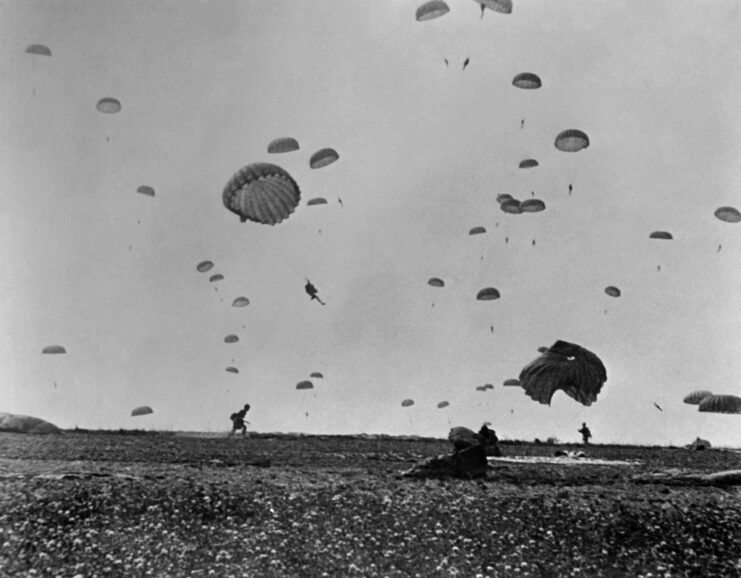
On June 6, 1944, Bradford Freeman parachuted into Normandy with his Easy Company comrades, as part of the D-Day invasion. Despite the challenging weather conditions, he landed safely in a pasture filled with cows, reminding him of his family farm back in Mississippi, before the reality of being in the middle of enemy territory set in.
Freeman was part of Lt. Buck Compton’s “Stick 70” during the jump. In addition to his regular equipment, he was carrying an 18-pound mortar baseplate strapped to his chest, adding to the weight he had to bear. As the fifth man in line, Freeman jumped from the Douglas C-47 Skytrain and his parachute quickly opened, allowing him to drift down.
Upon landing, Freeman immediately sprang into action. He spotted his friend, Pvt. Lewis Lampos, who’d broken his leg during the jump. Following protocol, Freeman hid Lampos’ parachute in the woods, dragged him into some nearby bushes, treated his injury and instructed him to shoot at any passing vehicles, before moving on to find the other paratroopers.
For the remainder of D-Day, Freeman’s role was to protect the intersection at Brécourt Manor with the rest of Easy Company. Along with fellow soldier, Sgt. Don Malarkey, he assisted Pvt. Alton More in the infamous theft of a motorcycle at Utah Beach, showcasing the resourcefulness and determination of the men of the 101st Airborne.
Moving through Europe with Easy Company
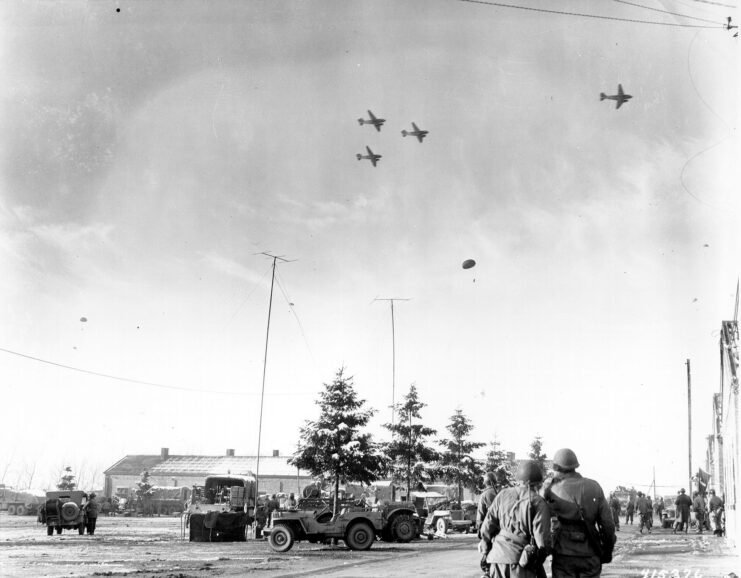
In the Netherlands, Bradford Freeman took part in the October 22, 1944, rescue of 125 British paratroopers, showcasing Easy Company’s unwavering determination. He subsequently participated in the Siege of Bastogne, part of the Battle of the Bulge, without much incident, but became wounded during the attack on Noville on January 14, 1945, when he and Pvt. Ed Joint were hit by the same German Nebelwerfer rocket. While their injuries were treated, Freeman’s combat career was over.
On April 7, 1945, Freeman rejoined Easy Company and participated in their occupation of Berchtesgaden, southeast Germany, which was home to the Führer‘s Kehlsteinhaus – better known as the “Eagle’s Nest.” He and his comrades remained there until their discharge that November.
He left the service with the rank of private first class.
Bradford Freeman’s life after World War II
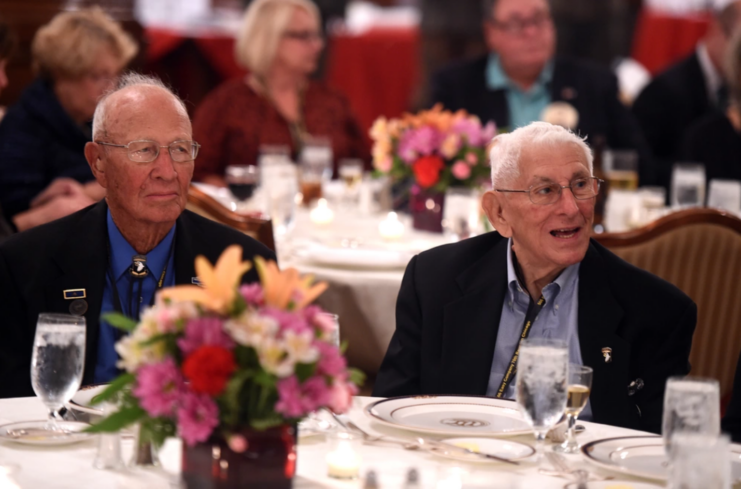
Upon returning to the United States, Bradford Freeman went back to his hometown to resume civilian life. He settled back into his rural roots, working on the farm and reconnecting with his childhood friend, Willie Louise Gurley, whom he married in June 1947. Their union was blessed with two daughters.
To support his growing family, Freeman pursued higher education via the benefits afforded to him under the GI Bill, and he went on to have a 32-year career as a mail carrier with the US Postal Service (USPS). Despite the demands of both work and family, he maintained a close friendship with Richard Winters Winters, who visited Freeman’s Mississippi farm in 1990.
Contributing to Band of Brothers
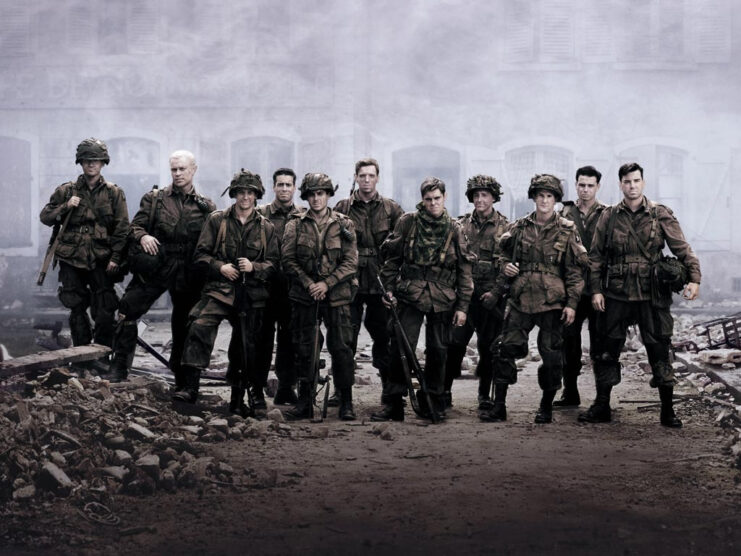
Bradford Freeman played a role in preserving the legacy of the “Band of Brothers.” He reluctantly contributed his firsthand experiences to Stephen Ambrose’s book, and he guided the production team of the HBO miniseries, ensuring the authentic portrayal of Easy Company’s struggles and triumphs during World War II.
In the 10-episode series, he’s portrayed by James Farmer.
More from us: The True Story Behind the Court-Martial Scene in ‘Band of Brothers’
Freeman’s life after the war exemplified the resilience and camaraderie that defined the Band of Brothers until his passing on July 3, 2022, at the age of 97. At the time of his death, he was the last remaining member of Easy Company.
